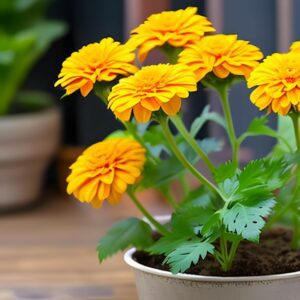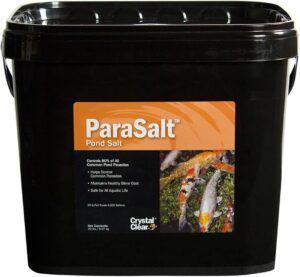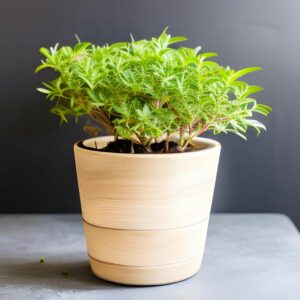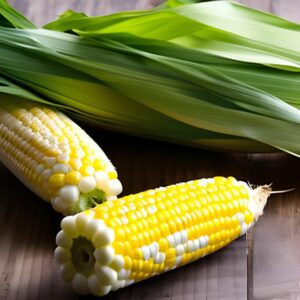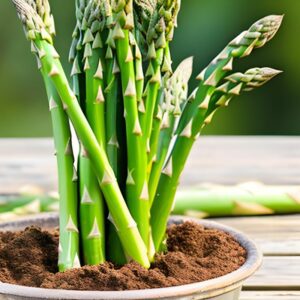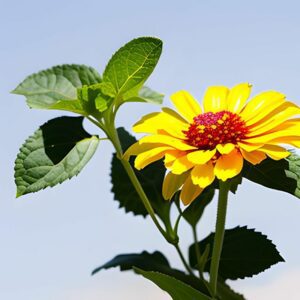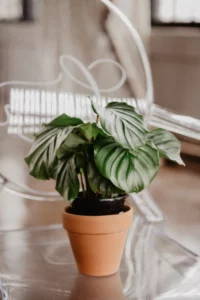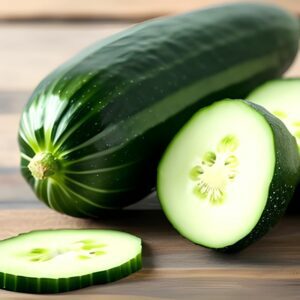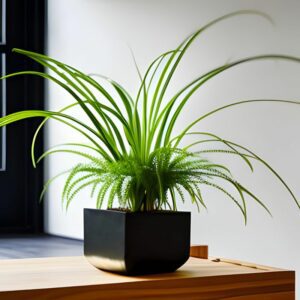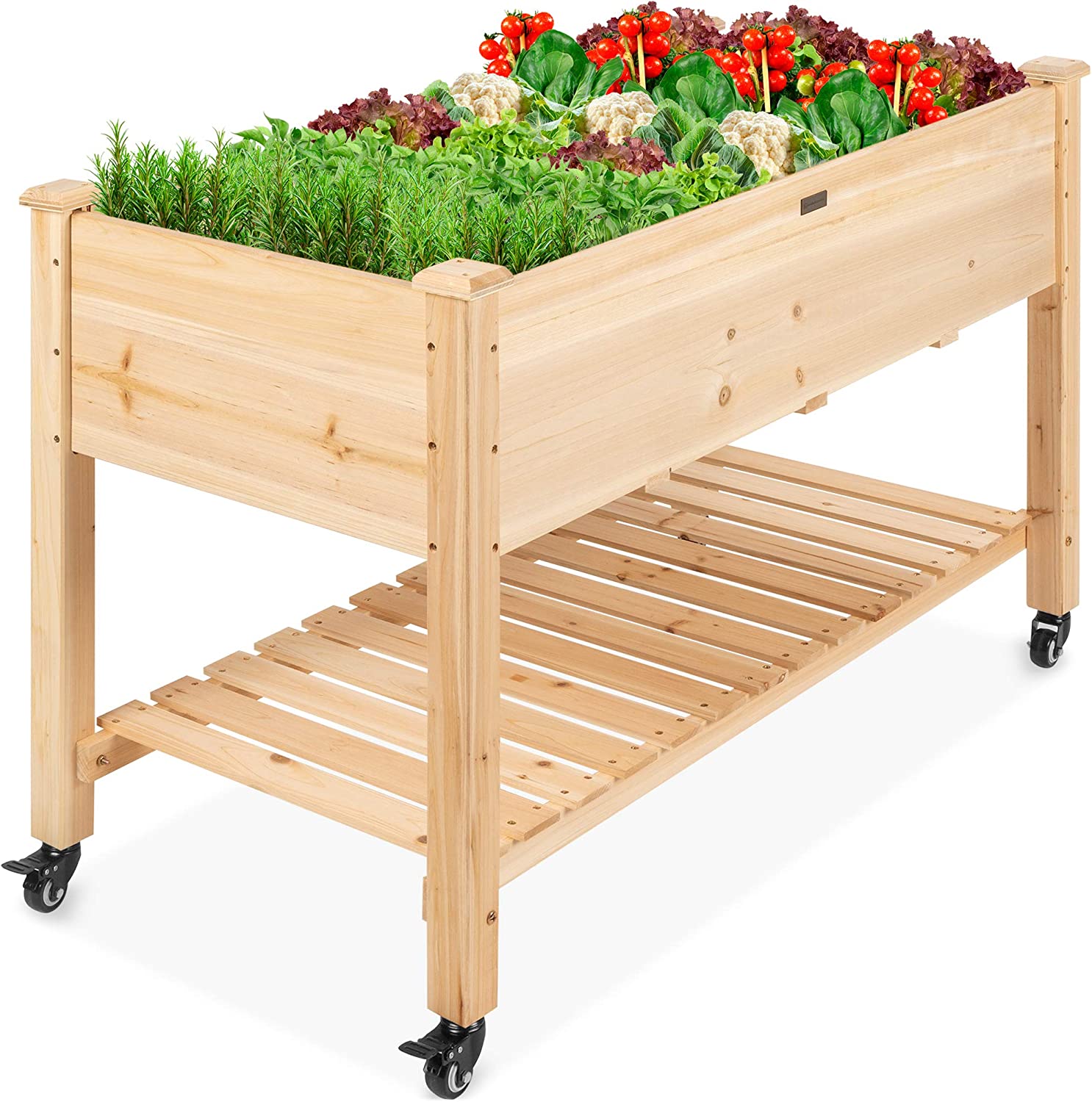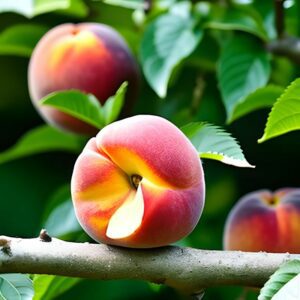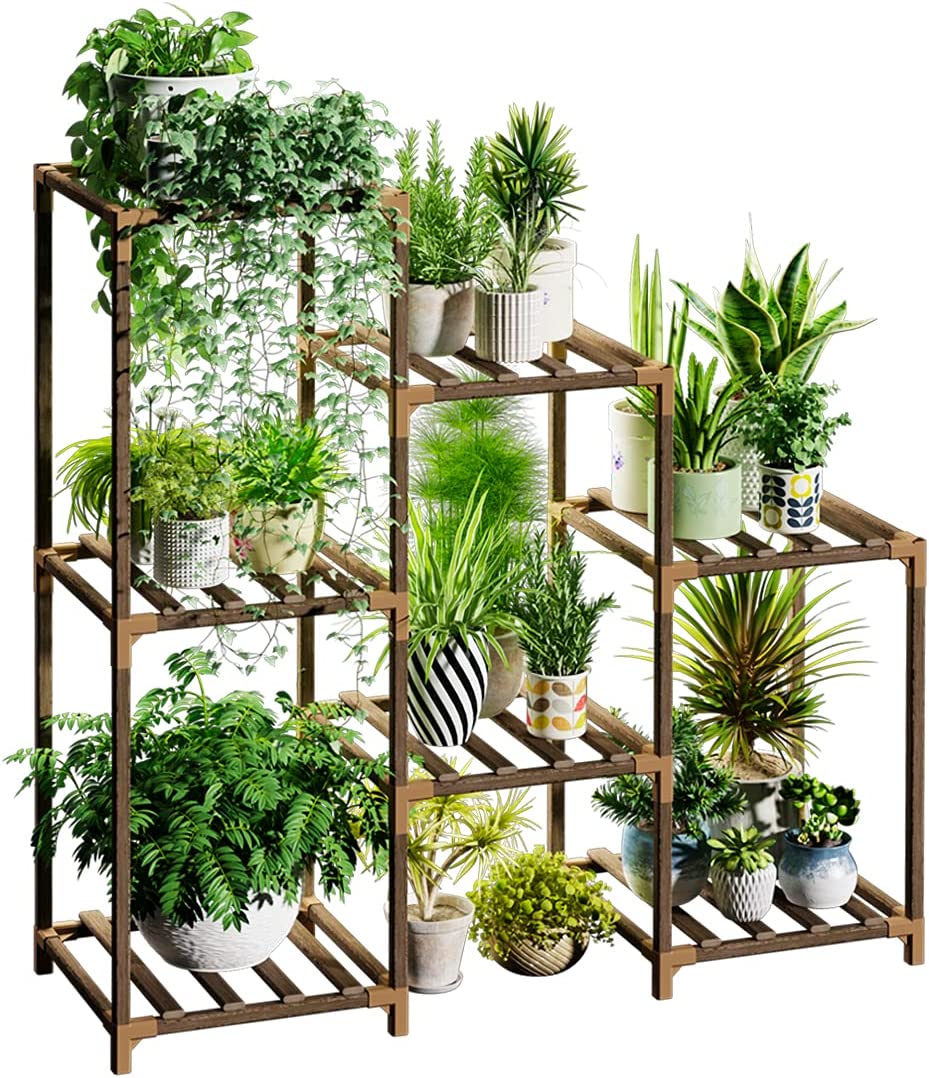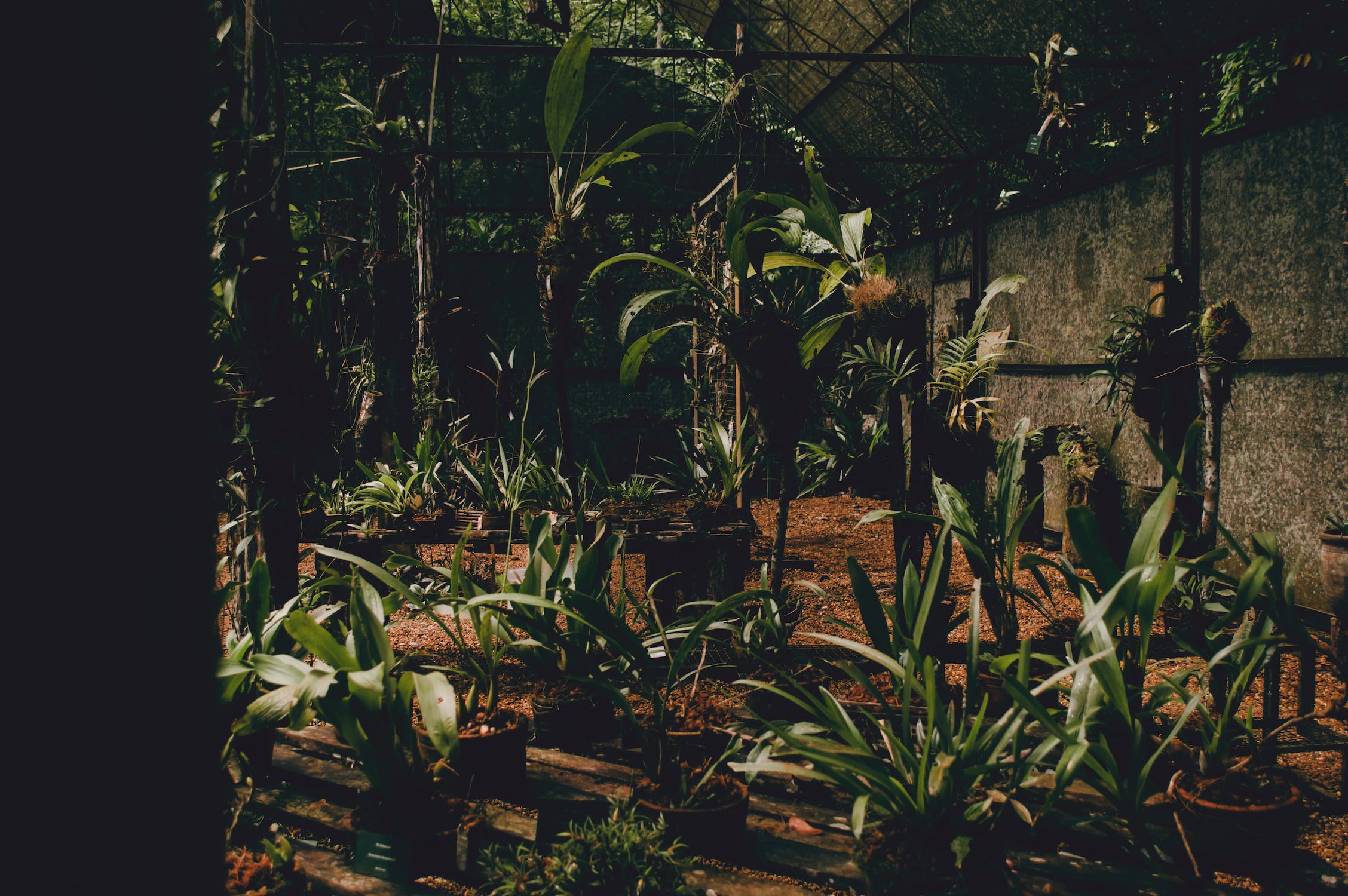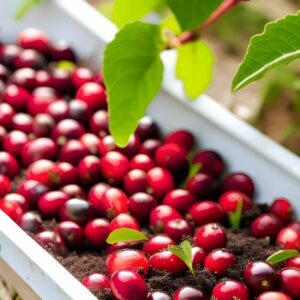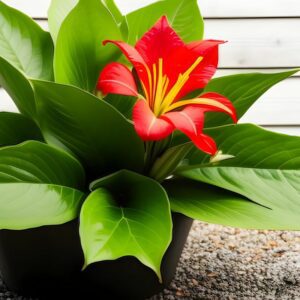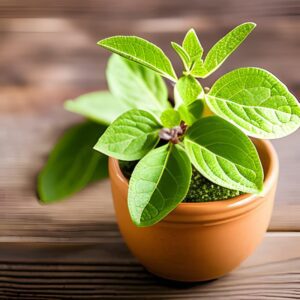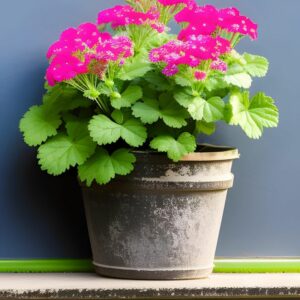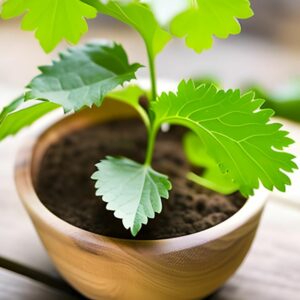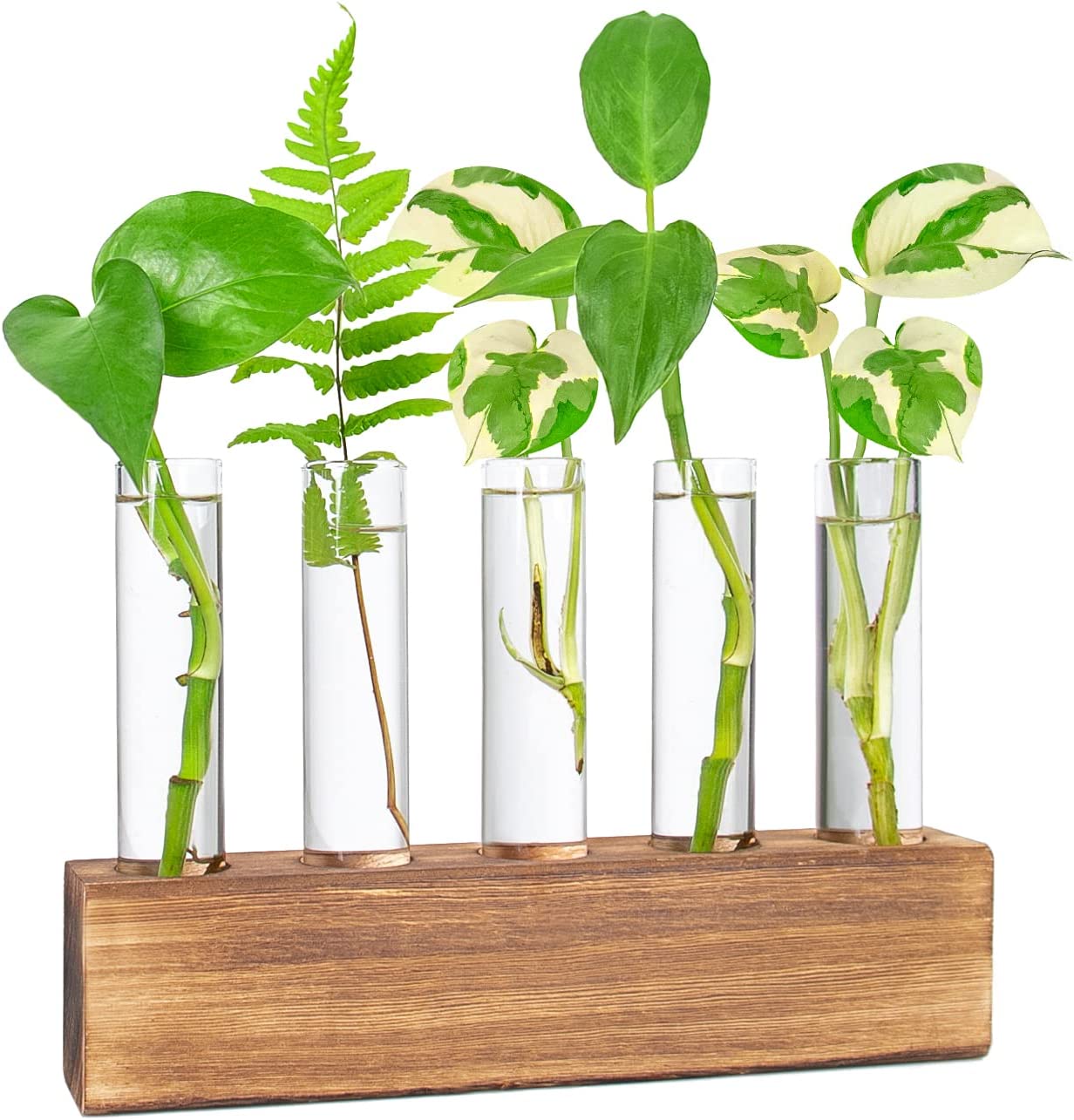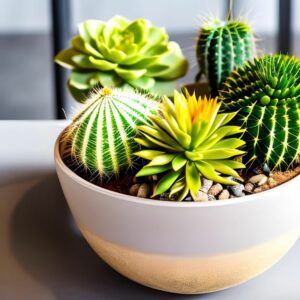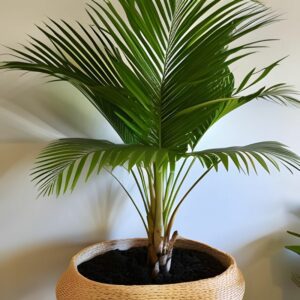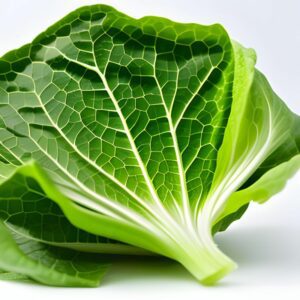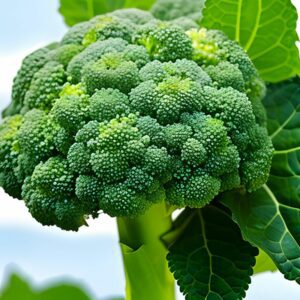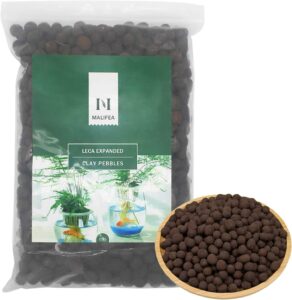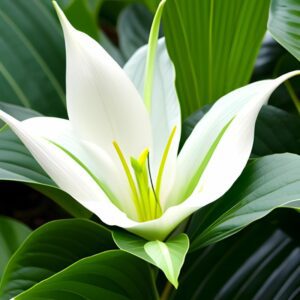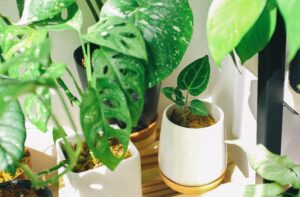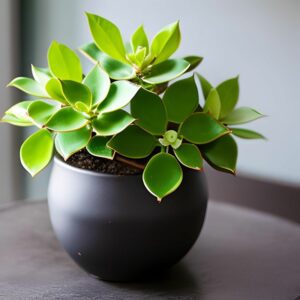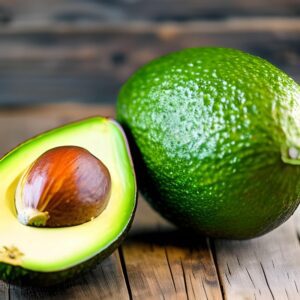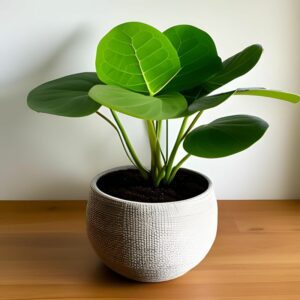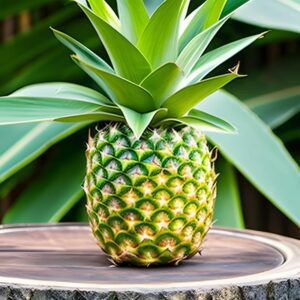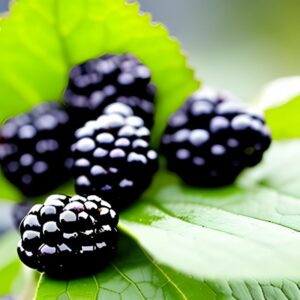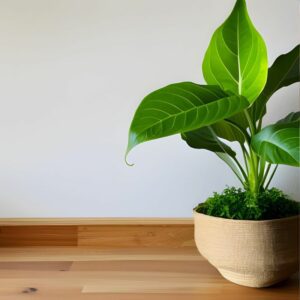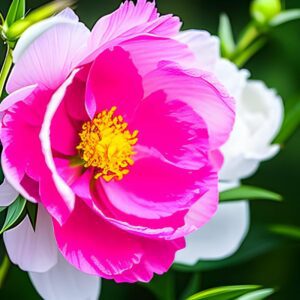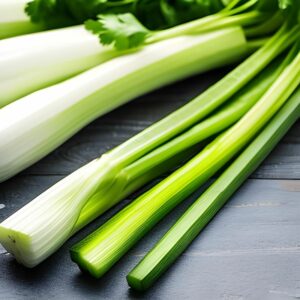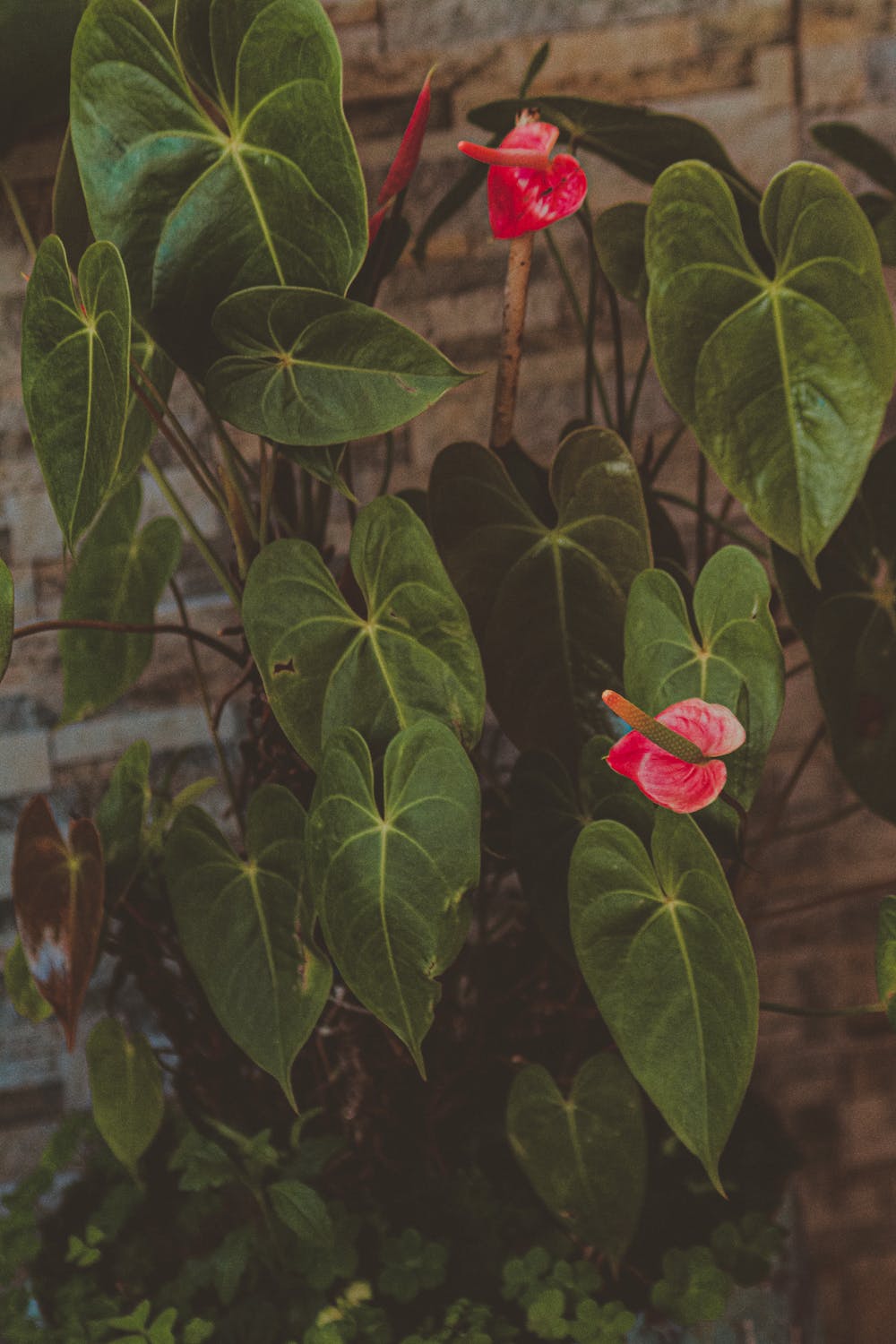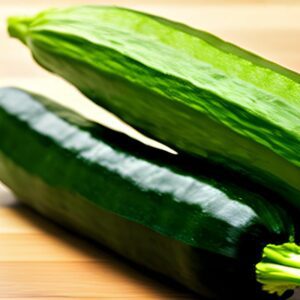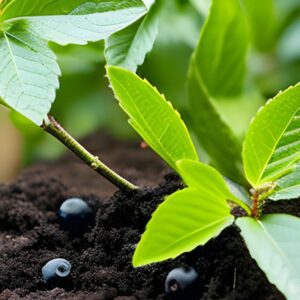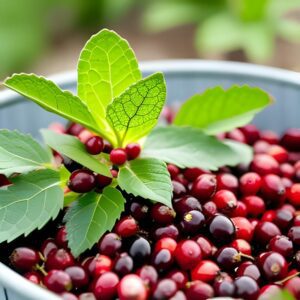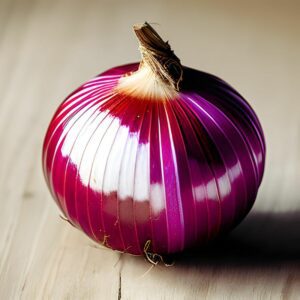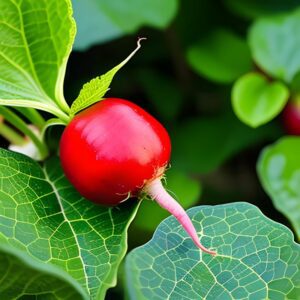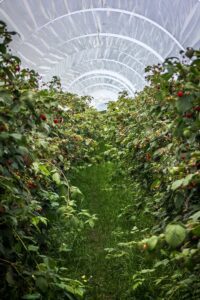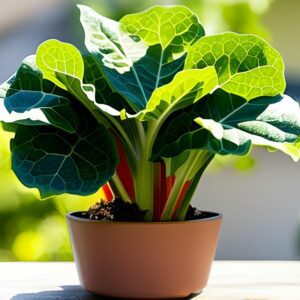Celery
Vegetables
- Mediterranean
- difficult
- 85-120 days
Introduction
Celery (Apium graveolens) is a popular vegetable known for its crisp texture and distinct flavor. It has been cultivated for centuries and is commonly used in various culinary dishes, salads, soups, and snacks.
Plant Characteristics
Celery plants feature long, ribbed stalks with leafy tops. The stalks are typically light green, becoming more pale and tender towards the center. The leaves are dark green and feathery, adding an attractive ornamental element to the plant. Celery can reach a height of about 12-18 inches (30-45 cm) and spreads about 10-12 inches (25-30 cm) wide.
Ideal Growing Conditions
Celery prefers cool and moist growing conditions. It thrives in full sun but can tolerate some shade. The ideal temperature range for celery growth is between 60°F (15°C) and 70°F (21°C). Celery requires consistent moisture and thrives in well-drained soil rich in organic matter.
Planting Guide
Start celery seeds indoors 10-12 weeks before the last frost date. Transplant seedlings outdoors when the soil temperature reaches 50°F (10°C). Space the plants 6-8 inches (15-20 cm) apart in rows that are 24-36 inches (60-90 cm) apart. Plant the seedlings at the same depth they were growing in the seed trays.
Watering and Fertilizing
Keep the soil consistently moist but not waterlogged throughout the growing season. Water deeply, ensuring the roots receive adequate moisture. Apply a balanced fertilizer high in nitrogen to promote healthy growth.
Pruning and Maintenance
Remove any yellowing or damaged leaves regularly. Hill up soil around the base of the plants to promote blanching of the stalks. Mulch around the plants to conserve moisture and suppress weed growth.
Harvesting or Flowering
Celery is typically ready for harvest 90-120 days after planting. Harvesting can be done by cutting individual stalks at the base or by uprooting the entire plant. The outer stalks are usually harvested first while allowing the inner stalks to continue growing.
Post-Harvest Care
After harvest, store celery in the refrigerator wrapped in a plastic bag or sealed container to maintain its crispness.
Troubleshooting
Common pests include aphids, slugs, and snails. Control them using organic pest control methods or insecticidal soaps.
Fun Facts
Celery has been used in traditional medicine for its potential anti-inflammatory and antioxidant properties.





